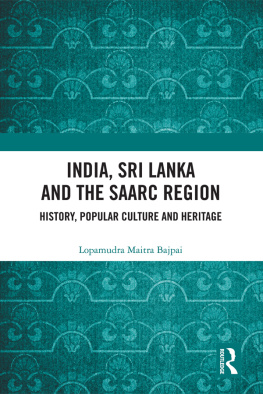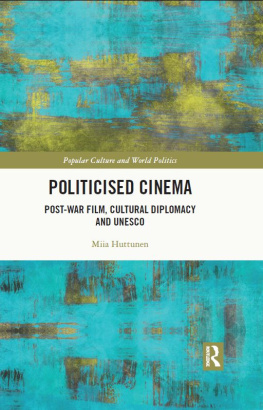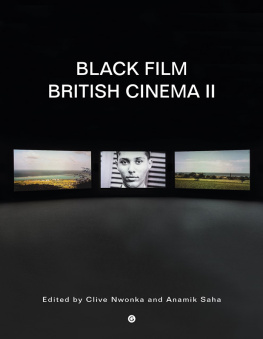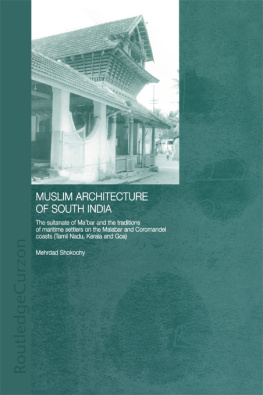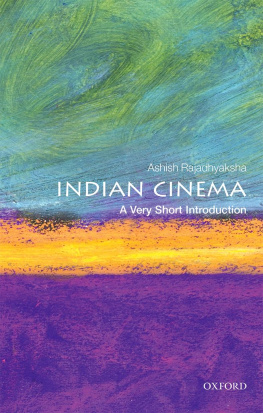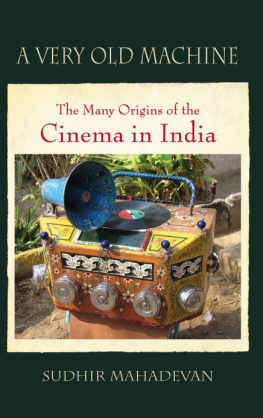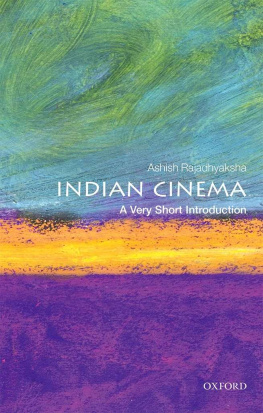Popular Cinema and Politics in South India
The research methodologies of Dr Rajanayagam are exemplary for those who want to do in-depth research in the issues concerning the influences of cinema and its impacts on political, social, economic and cultural planes.
S. Raguram
Eastern University, Sri Lanka
This book uses a media-inclusive approach to provide a comprehensive and brilliant semiotic, psychoanalytical, and feminist analysis of image-politicking of two dramatis personae of Thamizh film: MGR and Rajinikanth. Apart from deconstructing the most significant films of these two heroes, the book also uses several secondary sources such as fanzines, news articles, gossip magazines, published research on films, interviews with fans, and case studies of fan clubs to provide a multi-disciplinary, multi-site, multi-layer analysis.
Srividya Ramasubramanian
Texas A&M University, USA
The book delves into the cultural-literary roots of significant patterns observed in films; particularly, the psycho-cultural mapping of body and cultural tetrad are new to Thamizh/Indian film studies. I recommend this book especially to the media scholars and critics to derive inspiration and interest in the area of media and politics.
Bernd Trocholepczy,
Johann Wolfgang Goethe-Universitaet, Frankfurt am Main, Germany
Popular Cinema and Politics in South India
Reimagining MGR and Rajinikanth
S. Rajanayagam
First published 2015 in India
by Routledge
912 Tolstoy House, 1517 Tolstoy Marg, Connaught Place, New Delhi 110 001
Simultaneously published in the UK
by Routledge
2 Park Square, Milton Park, Abingdon, Oxon OX14 4RN
Routledge is an imprint of the Taylor & Francis Group, an informa business
2015 S. Rajanayagam
Typeset by
Glyph Graphics Private Limited
23 Khosla Complex
Vasundhara Enclave
Delhi 110 096
All rights reserved. No part of this book may be reproduced or utilised in any form or by any electronic, mechanical or other means, now known or hereafter invented, including photocopying and recording, or in any information storage and retrieval system without permission in writing from the publishers.
British Library Cataloguing-in-Publication Data
A catalogue record of this book is available from the British Library
ISBN 978-1-138-82203-0
to
my parents
Salethammal
Salethu Pillai
CONTENTS
Note on Transliteration
Figures
Tables
15.1 Era of Radicalism-turned-Rhetoric
Electoral Performance: 195771
15.2 Era of Promise-turned-Pathos
Electoral Performance: 197784
15.3 Era of Gender Politiking
Electoral Performance: 198996
15.4 Era of Minor Parties
Electoral Performance: 19982004
15.5 Era of Alternative-turned-Ally
Electoral Performance: 200614
AIADMK/ADMK | All India Anna Dravida Munnetra Kazhakam |
Anna | C. N. Annadurai |
BJP | Bharathiya Janata Party |
CM | Chief Minister |
CPI | Communist Party of India |
CPI(M)/CPM | Communist Party of India (Marxist) |
DMDK | Daesiya Murpoakku Dravida Kazhakam |
DMK | Dravida Munnetra Kazhakam |
EVR/Periyar | E V Ramasamy Naickar |
INC/CONG. | Indian National Congress |
LTTE | Liberation Tigers of Thamizh Eezham |
MDMK | Marumalarchi Dravida Munnetra Kazhakam |
MGR | M G Ramachandran |
MLA | Member of Legislative Assembly |
MP | Member of Parliament |
PM | Prime Minister |
PMK | Paattaali Makkal Katchi |
PS | People Studies |
RK | Rajinikanth/Rajini |
VCK | Viduthalai Chiruthaikal Katchi |
I would like to thank my mother and father who till their death showed incomparable love and concern for me; my sister Kulanthai Therese who has made sure that I dont miss my mother; other sisters, brothers, nephews, nieces, and their partners, grand-children, and all in the families for their understanding and support; Chitraa for her gentle and caring accompaniment, Venky for his encouragement; Josephine Joseph for her guidance and concern; A. Victor, Selvanayagam, and Rajarathinam for their emotional support.
My thanks are due to the members of People Studies survey teams, especially Adaikalaraj and family, Henry Jerome, Karthik and John Victor Xavier; my students during the last quarter century from whom I have learnt profound insights into media and life; the fans of MGR, Rajinikanth and other stars whom I have interviewed.
I am grateful to scholars David Raj, V. S. Albert, Pragasan, Raju, Donald DSilva, Uma Vangal, Deepa Viswam, Stephen Joe, P. Subramaniam, S. Innacimuthu, Stephen Martin for their feedback on the manuscript; Miranda Alophonso, Leo Paul, and Rex Angelo for corrections.
I am greatly indebted to academicians of international repute Richard Reuben, Bernd Trocholepczy, Selvaraj Velayutham, Srividya Ramasubramanian and Raguram Sivasubramaniam for their valuable endorsements.
My special thanks to the editorial team at Routledge, New Delhi, for their stimulating queries and admirable guidance.
In the transliteration of Tamil words I have opted for their spoken form and avoided the use of diacritical marks. Even the otherwise anglicised words like Tamil are also not exempted; thus, for example, it is Thamizh, not Tamil, unless it occurs in a quoted text or refers to the official/statutory usage (as in the Government of Tamil Nadu). The short/long, soft/hard sounds are differentiated by doubling the corresponding letter (as in anpu/ aa ru, satam/sa tt am).
T he popular cinema1 in India, labelled variously as commercial, masala,2 entertainment, conventional, dominant or mainstream cinema, has been severely criticised by the new wave, alternative, off-beat, parallel, or art film-makers, some of whom are considered great auteurs, for its staple ingredients.3 Not only these elite, highbrow filmmakers but also film critics and media scholars have been treating popular cinema with condescension and contempt.4
While granting that the popular cinema in India as elsewhere lacks realism, creativity, and indepth analysis of social issues, and gives rise to the phenomenon of star,5 it indeed has its own distinct identity and a power of its own. What is peculiar to Indian popular cinema is the politicisability6 of the screen-constructed popular image of the star. While many studies are available on the subject of popular cinema, approaching it from varied inter-related perspectives including the semiotic,7 the psychoanalytic8 and the feminist9 perspectives, studies from a political perspective are comparatively fewer and highly cine-deterministic by exaggerating the power of cinema and assigning a passive role to the viewers, particularly the fans, who are, according to these studies, mesmerised by the screen-constructed star-images and are vulnerable to be exploited by the stars.


